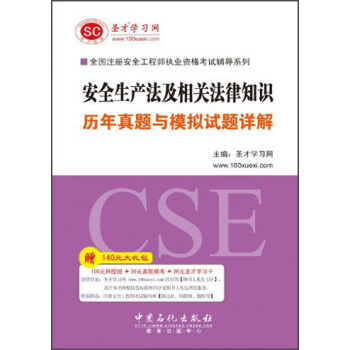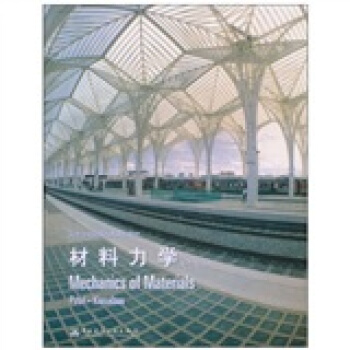
高等學校原版經典係列教材:材料力學(附光盤1張) epub pdf mobi txt 電子書 下載 2025
高等學校原版經典係列教材:材料力學(附光盤1張) epub pdf mobi txt 電子書 下載 2025
簡體網頁||繁體網頁
[英] 皮特爾(Andrew Pytel) 等 著
下載链接在页面底部
下載連結1
下載連結2
下載連結3
發表於2025-03-14
商品介绍
齣版社: 中國建築工業齣版社
ISBN:9787112064144
版次:1
商品編碼:10323356
包裝:平裝
開本:16開
齣版時間:2004-08-01
用紙:膠版紙
頁數:545
正文語種:中文,英語
附件:光盤
附件數量:1
高等學校原版經典係列教材:材料力學(附光盤1張) epub pdf mobi txt 電子書 下載 2025
类似图書 點擊查看全場最低價
相关書籍
書籍描述
內容簡介
This textbook is intended for use in a first course in mechanics of materials. Programs of instruction relating to the mechanical sciences, such as mechanical, civil, and aerospace engineering, often require that students take this course in the second or third year of studies. Because of the fundamental nature of the subject matter, mechanics of materials is often a required course, or an acceptable technical elective in many other curricula. Students must have completed courses in statics of rigid bodies and mathematics through integral calculus as prerequisites to the study of mechanics of materials.目錄
CHAPTER 1 StressCHAPTER 2 Strain
CHAPTER 3 Torsion
CHAPTER 4 Shear and Moment in Beams
CHAPTER 5 Stresses in Beams
CHAPTER 6 Deflection of Beams
CHAPTER 8 Stresses Due to Combined Loads
CHAPTER 9 Composite Beams
CHAPTER 10 Columns
CHAPTER 11 Additional Beam Topics
CHAPTER 12 Special Topics
CHAPTER 13 Inelastic Action
精彩書摘
If two bodies are pressed against each other, compressive forces are devel-oped on the area of contact. The pressure caused by these surface loads iscalled bearing stress. Examples of bearing stress are the soil pressure beneatha pier and the contact pressure between a rivet and the side of its hole. If thebearing stress is large enough, it can locally crush the material, which in turncan lead to more serious problems. In order to reduce bearing stresses, en-gineers sometimes employ bearing plates, the purpose of which is to distributethe contact forces over a larger area.As an illustration of bearing stress, consider the lap joint formed by thetwo plates that are riveted together as shownin Fig. 1.12(a). The bearingstress caused by the rivet is not constant; it actually varies from zero at thesides of the hole to a maximum behind the rivet as illustrated in Fig. 1.12(b).The difficulty inherent in such a complicated stress distribution is avoided bythe common practice of assuming that the bearing stress ab is uniformlydistributed over a reduced area.
……
前言/序言
This textbook is intended for use in a first course in mechanics of materials.Programs of instruction relating to the mechanical sciences, such as me-chanical, civil, and aerospace engineering, often require that students takethis course in the second or third year of studies. Because of the fundamentalnature of the subject matter, mechanics of materials is often a requiredcourse, or an acceptable technical elective in many other curricula. Studentsmust have completed courses in statics of rigid bodies and mathematicsthrough integral calculus as prerequisites to the study of mechanics ofmaterials.To place this book in context for engineering education, the user shouldknow that it is an extensive revision of the fourth edition of Strength ofMaterials by Pytel and Singer. The contents have been thoroughly modern-ized to reflect the realities and trends in contemporary engineering educa-tion. In addition to eliminating a few of the specialized topics normallytaught in more advanced civil engineering courses, the coverage of funda-mental topics has been expanded. All of the illustrations have been redrawnand improved, with the addition of a second color for clarity and as an aidto understanding complex structures. Many new diagrams aid the visualiza-tion of concepts and improve the comprehension of derivations. Fully 60%of the homework problems are new or modified versions of previous prob-lems. A new feature is the computer problems found at the end of eachchapter.
Every effort has been made to maintain the conciseness and organiza-tion that were the hallmarks of the earlier editions of Pytel and Singer. In thefirst eight chapters, emphasis is placed exclusively on elastic analysis throughthe presentation of stress, strain, torsion, bending, and combined loading.An instructor can easily teach these topics within the time constraints of atwo- or three-credit course. The remaining five chapters of the text covermaterial that can be omitted from an introductory course. Because thesemore advanced topics are not interwoven in the early chapters on the basictheory, the core material can efficiently be taught without skipping overtopics within chapters. Once the instructor has covered the material on elas-tic analysis, he or she can freely choose topics from the more advanced laterchapters, as time permits. Organizing the material in this manner has createda significant savings in the number of pages without sacrificing topics thatare usually found in an introductory text.
高等學校原版經典係列教材:材料力學(附光盤1張) epub pdf mobi txt 電子書 下載 2025
高等學校原版經典係列教材:材料力學(附光盤1張) 下載 epub mobi pdf txt 電子書高等學校原版經典係列教材:材料力學(附光盤1張) pdf 下載 mobi 下載 pub 下載 txt 電子書 下載 2025
高等學校原版經典係列教材:材料力學(附光盤1張) mobi pdf epub txt 電子書 下載 2025
高等學校原版經典係列教材:材料力學(附光盤1張) epub pdf mobi txt 電子書 下載讀者評價
評分
評分
評分
評分
評分
評分
評分
評分
評分
高等學校原版經典係列教材:材料力學(附光盤1張) epub pdf mobi txt 電子書 下載 2025
类似图書 點擊查看全場最低價
高等學校原版經典係列教材:材料力學(附光盤1張) epub pdf mobi txt 電子書 下載 2025
分享鏈接
相关書籍
-
 室內設計細部圖集:門窗 epub pdf mobi txt 電子書 下載
室內設計細部圖集:門窗 epub pdf mobi txt 電子書 下載 -
 社會主義市場經濟條件下城市規劃工作框架研究 epub pdf mobi txt 電子書 下載
社會主義市場經濟條件下城市規劃工作框架研究 epub pdf mobi txt 電子書 下載 -
 小城鎮基礎設施工程規劃(套裝上下冊) epub pdf mobi txt 電子書 下載
小城鎮基礎設施工程規劃(套裝上下冊) epub pdf mobi txt 電子書 下載 -
 建設工程質量檢測鑒定實例及應用指南 epub pdf mobi txt 電子書 下載
建設工程質量檢測鑒定實例及應用指南 epub pdf mobi txt 電子書 下載 -
 地基與基礎 epub pdf mobi txt 電子書 下載
地基與基礎 epub pdf mobi txt 電子書 下載 -
 建築中國60年(1949-2009)(作品捲) epub pdf mobi txt 電子書 下載
建築中國60年(1949-2009)(作品捲) epub pdf mobi txt 電子書 下載 -
 中國揚州園林 epub pdf mobi txt 電子書 下載
中國揚州園林 epub pdf mobi txt 電子書 下載 -
 頂級樣闆房1:經典公寓時尚復式豪華彆墅 epub pdf mobi txt 電子書 下載
頂級樣闆房1:經典公寓時尚復式豪華彆墅 epub pdf mobi txt 電子書 下載 -
 鋼結構與組閤結構 epub pdf mobi txt 電子書 下載
鋼結構與組閤結構 epub pdf mobi txt 電子書 下載 -
 工程建設定額原理與實務 epub pdf mobi txt 電子書 下載
工程建設定額原理與實務 epub pdf mobi txt 電子書 下載 -
 建築結構與構件 epub pdf mobi txt 電子書 下載
建築結構與構件 epub pdf mobi txt 電子書 下載 -
 大學建築 epub pdf mobi txt 電子書 下載
大學建築 epub pdf mobi txt 電子書 下載 -
 宴:頂級餐飲空間設計 epub pdf mobi txt 電子書 下載
宴:頂級餐飲空間設計 epub pdf mobi txt 電子書 下載 -
 民用建築設計導論 epub pdf mobi txt 電子書 下載
民用建築設計導論 epub pdf mobi txt 電子書 下載 -
 高性能土木工程材料:科學理論與應用 epub pdf mobi txt 電子書 下載
高性能土木工程材料:科學理論與應用 epub pdf mobi txt 電子書 下載 -
![水泥土配閤比設計規程 [Specification for Mix Proportion Design of Cement Soil] pdf epub mobi 電子書 下載](/static/pix.jpg) 水泥土配閤比設計規程 [Specification for Mix Proportion Design of Cement Soil] epub pdf mobi txt 電子書 下載
水泥土配閤比設計規程 [Specification for Mix Proportion Design of Cement Soil] epub pdf mobi txt 電子書 下載 -
 建築節能工程實用技術叢書:建築節能工程檢測 epub pdf mobi txt 電子書 下載
建築節能工程實用技術叢書:建築節能工程檢測 epub pdf mobi txt 電子書 下載 -
 混凝土及其製品工藝學/21世紀普通高等院校材料專業特色教材 epub pdf mobi txt 電子書 下載
混凝土及其製品工藝學/21世紀普通高等院校材料專業特色教材 epub pdf mobi txt 電子書 下載 -
![建築細部設計 [Architecture Detail Design] pdf epub mobi 電子書 下載](/static/pix.jpg) 建築細部設計 [Architecture Detail Design] epub pdf mobi txt 電子書 下載
建築細部設計 [Architecture Detail Design] epub pdf mobi txt 電子書 下載 -
 聖纔教育·全國注冊安全工程師執業資格考試 安全生産法及相關法律知識曆年真題與模擬試題詳解(贈送電子書大禮包) epub pdf mobi txt 電子書 下載
聖纔教育·全國注冊安全工程師執業資格考試 安全生産法及相關法律知識曆年真題與模擬試題詳解(贈送電子書大禮包) epub pdf mobi txt 電子書 下載



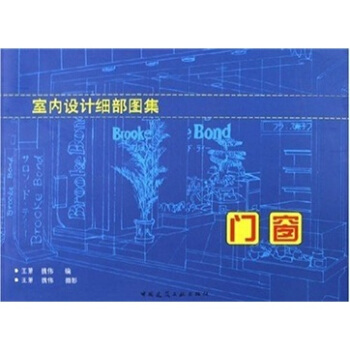
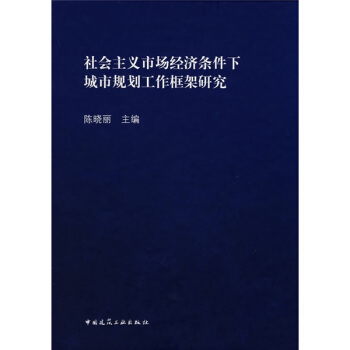


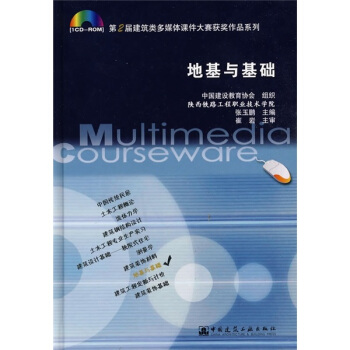
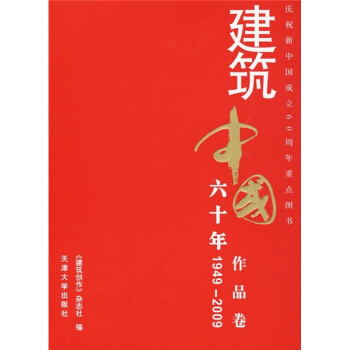
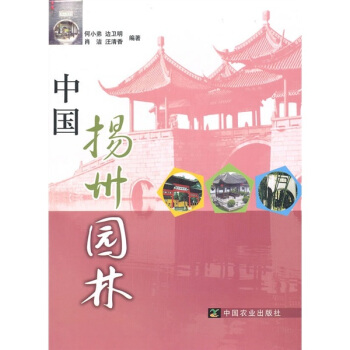

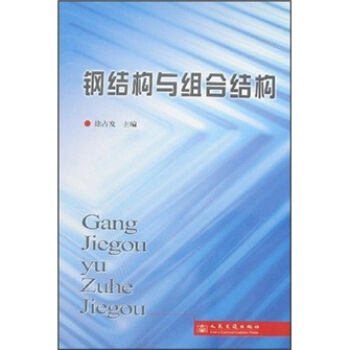
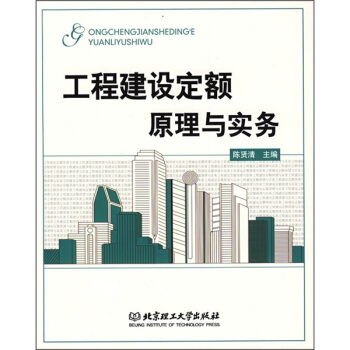
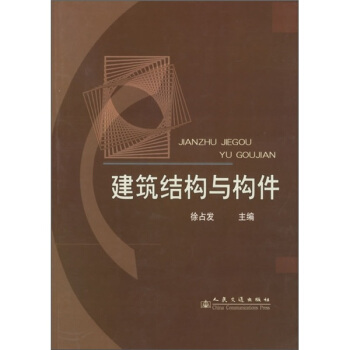


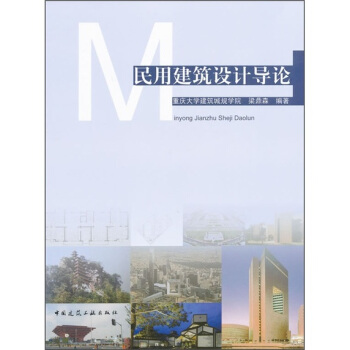
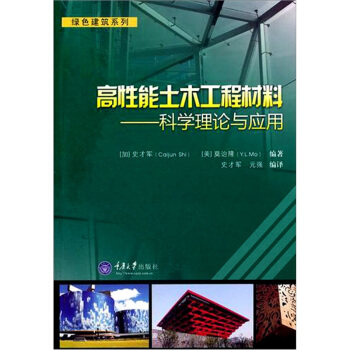
![水泥土配閤比設計規程 [Specification for Mix Proportion Design of Cement Soil] pdf epub mobi 電子書 下載](https://pic.tinynews.org/11013465/rBEIDE_xYbwIAAAAAAAt_z3bmTIAADmDQKKWXIAAC4X282.jpg)
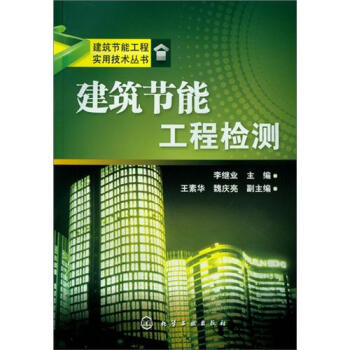

![建築細部設計 [Architecture Detail Design] pdf epub mobi 電子書 下載](https://pic.tinynews.org/11118460/rBEHZVCspv0IAAAAAAE9aaZXrvQAAC5kAGETYEAAT2B715.jpg)
